By DAN BERGER. Times Wine Writer
DUNDEE, N.Y.- Two of the most visible figures in the history of the New York wine industry, Walter S. Taylor and the late Dr. Konstantin Frank, waged a verbal war for years over whether New York state soil and climate were hospitable to French vinifera grapevines. It was a war that obscured the real developmental work that was going on in Eastern grape growing and wine making and took the focus off the rapid improvement in New York’s wines. For decades before his death in 1985, Frank, the crusty and outspoken viticulturist, fired volleys from his Vinifera Wine Cellars, stating categorically that vinifera grapes were perfectly applicable to the region. And that the French- American hybrids were detestable. Taylor, scion of the family that founded the Taylor Wine Co. (which was later sold to Coca- Cola), argued bitterly, and at times outrageously, that the only grapes worth planting in the state were French-American hybrids. From his Bully Hill winery, established after the sale of his Taylor winery, he championed wines like Seyval, Baco and Vidal.
Hospitable to Vinifera
What neither man figured at the time was that New York would develop a new region-Long lsland-that was found to be truly hospitable for vinifera. Nor could it be predicted, just four years ago, that both Frank and Taylor could be right-that depending on the region, French-American and vinifera grapes can do equally lovely things when liquefied properly. Curiously, Hermann J. Wiemer. who was influenced greatly by both men, but for different reasons, stands today as a symbol of New York wine in the Finger Lakes region. He makes wine only from vinifera, though for a decade he was Walter Taylor’s wine maker, producing wine only from hybrid varieties. “I was a fighter for the hybrids, but l never really accepted them,” Wiemer said. “They were OK and Seyval was one of the best, but they mature [in the bottle] differently.” Wiemer left Bully Hill in 1979 to establish his own operation a decade ago, before the war between Taylor and Frank really heated up. Wiemer, German trained, focused on Frank’s theme: French varieties and using-special growing techniques to develop mature flavors on the vine.
A Fast Run-Through
The striking thing is, he has succeeded—at least in terms of wine quality—far beyond anything Frank achieved, and a fast run- through of his wines one hot, humid day with mosquitoes gnawing at my legs proved eye-opening. (Unfortunately. most of the wines mentioned here are available only in New York at present, but may wineries are investigating marketing nationwide because of an unimpressed New York market. The best of the Wiemer wines, a dramatic 1988 Dry Riesling ($7.50), is loaded with stylish fruit and comes off rich in the aftertaste despite a dry, crisp finish. Also excellent is a broad, rich, complex 1987 Chardonnay ($12) that offers depth from malolactic fermentation and still retains a measure of the lush fruit so rarely found in New York wines. I was also highly impressed with Wiemer’s 1987 Pinot Noir, a wine with a lighter color (pale ruby) but with amazingly intense cherry- like fruit and deep, concentrated flavors. It is one of the most typically Beaune-styled Pinot Noirs I have ever tasted, a great wine and worth its elevated $16 price. Wiemer makes only a small amount of wine but says he has interst in marketing some in California. And he knows the turf because he does vineyard consulting for both Buena Vista in Sonoma County and Kendall-Jackson in Lake County. (Wiemer’s Winemaker is Dana Keeler.)

